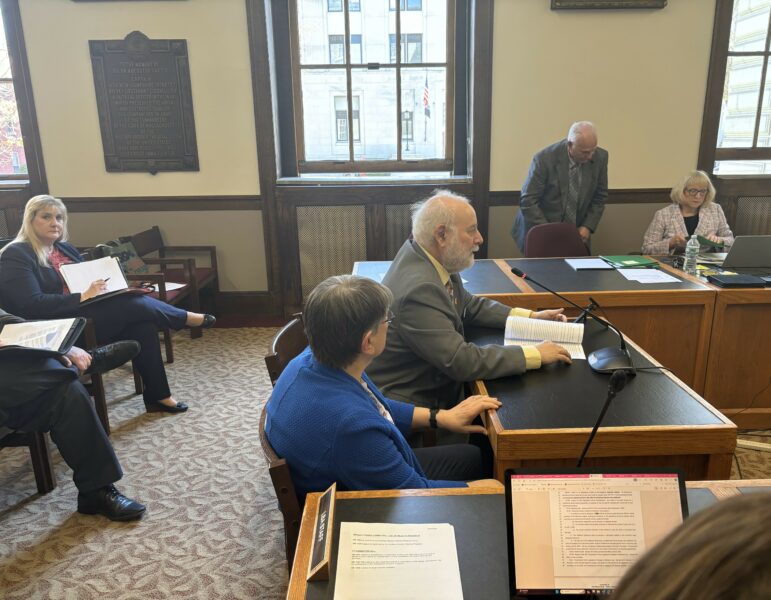WASHINGTON, DC – Congresswoman Carol Shea-Porter (NH-01) today co-introduced the Assault Weapons Ban of 2018, legislation that would prohibit the sale, transfer, manufacture, and importation of certain semiautomatic weapons. The legislation includes an exception for currently-owned firearms.
“Today, I co-introduced new legislation that would reinstate and improve the assault weapons ban, which expired in 2004,” said Shea-Porter. “Congress needs to take immediate action to prevent mass shootings, and stopping the sale of these extremely deadly, military-style weapons of war is a critical first step. The data is clear—the assault weapons ban worked. Gun massacres fell 37 percent between 1994 and 2004, when the previous assault weapons ban was in effect, and the number of people who died from gun massacres fell by 43 percent. After the ban expired, gun massacres increased by 183 percent, and gun massacre deaths increased by 239 percent. One law can’t stop every mass shooting, but we can make them less deadly and less frequent. These weapons of war were designed for military use and have one purpose: to kill lots of people quickly and easily. We need to take action now.”
Gunshot wounds from assault weapons are much more deadly than the typical gunshot wound from a handgun. The bullet travels much faster, and imparts significantly more energy and destruction onto the organs and tissue it travels past after entering the body. It is far more difficult, and often impossible, to treat and save the life of someone who has been shot by an assault weapon compared with a typical hand gun.
“Last week, Dr. Heather Sher, a Florida radiologist who treated one of the victims from Marjory Stoneman Douglas and who has extensive experience treating gunshot victims, described in graphic detail why an injury from a weapon of war is so much worse than a typical hand gun,”continued Shea-Porter. “She described the difference between CT scans of a typical gunshot wound and one she saw from the massacre in Florida. Dr. Sher said, ‘In a typical handgun injury, which I diagnose almost daily, a bullet leaves a laceration through an organ such as the liver. To a radiologist, it appears as a linear, thin, gray bullet track through the organ. There may be bleeding and some bullet fragments. I was looking at a CT scan of one of the mass-shooting victims from Marjory Stoneman Douglas High School, who had been brought to the trauma center during my call shift. The organ looked like an overripe melon smashed by a sledgehammer, and was bleeding extensively. How could a gunshot wound have caused this much damage? The reaction in the emergency room was the same. One of the trauma surgeons opened a young victim in the operating room, and found only shreds of the organ that had been hit by a bullet from an AR-15, a semiautomatic rifle that delivers a devastatingly lethal, high-velocity bullet to the victim. Nothing was left to repair—and utterly, devastatingly, nothing could be done to fix the problem. The injury was fatal.’ ”
The Assault Weapons Ban of 2018 would:
- Ban the sale, manufacture, transfer and importation of military-style assault weapons.
- Ban any assault weapon that accepts a detachable ammunition magazine and has one or more military features; including a pistol grip, a forward grip, a barrel shroud, a threaded barrel or a folding or telescoping stock.
- Ban magazines and other ammunition feeding devices that hold more than 10 rounds of ammunition.
The bill includes exemptions for:
- More than 2,200 guns used for hunting, household defense or recreational purposes.
- All weapons lawfully possessed at the date of enactment.
The bill would also:
- Require a background check on any future sale, trade or gifting of an assault weapon covered by the bill.
- Require that grandfathered assault weapons are stored using a secure gun storage or safety device like a trigger lock.
- Prohibit the transfer of high-capacity ammunition magazines.
- Ban bump-fire stocks and other devices that allow semi-automatic weapons to fire at fully automatic rates.




